Air & Water Transparent Tube A/W Tube For Olympus Flexible Endoscope
Apple Shopping Event
Hurry and get discounts up to 20% Read more
Air &Water Tube for Olympus Flexible Endoscope for sale, Buy brand new Flexible Endoscope parts for OLYMPUS.Order now!
All new aftermarket parts come with a 1-Year warranty. Quality is the first thing we consider. Check out our Warranty Assistance for more details.
All expedited shipping so you can get your medical machine back in action, fast. Check out our Shipping Policy for more details.
We prioritize your satisfaction. If your order doesn't meet your expectations within 90 days, you may be eligible for a refund. See our Easy Return Policy for details.
Description
► Brief Description
The “air/water channel” is a critical part of a flexible endoscope’s function. The tube you are referring to is most commonly known as the Air/Water Valve Tube or A/W Tube. It’s a small, transparent, and highly flexible tube that connects the air and water valves on the control body of the endoscope to the internal channel that runs the length of the insertion tube.
1. Primary Purpose and Function
This single, transparent tube serves a dual purpose:
-
Air Insufflation: When the air button on the endoscope is pressed, air is sent through this tube to inflate the stomach or colon. This distends the organ, pushing the walls away from the tip of the scope to provide a clear view and allow for navigation.
-
Water Irrigation: When the water button is pressed, a jet of water is sent through the same tube to clean the objective lens at the very tip of the endoscope. This clears away debris, blood, or mucus that might be obstructing the camera’s view.
Inside the scope’s control body, the air and water systems are separate, but they merge into this single delivery tube that runs down the insertion tube.
2. Key Characteristics
-
Material: Typically made from high-grade, medical-grade silicone or sometimes PVC. Silicone is preferred for its excellent flexibility, durability, chemical resistance (for reprocessing), and transparency.
-
Transparency: The tube is transparent for a crucial reason: to allow the user to visually confirm that the channel is clear and that air/water is flowing freely. If the tube is cracked, kinked, or blocked, it can often be seen directly.
-
Diameter: It has a very small internal diameter (usually around 1-2 mm) to fit within the tightly packed internal structure of the endoscope’s insertion tube.
-
Flexibility: It is extremely flexible to allow the endoscope’s insertion tube to bend and maneuver through the patient’s anatomy without kinking or breaking the internal tubing.
3. Common Issues and Failure Points
This tube, while durable, is a common source of endoscope malfunctions:
-
Cracks/Holes: Over time, and with repeated reprocessing (cleaning and high-level disinfection), the silicone can become brittle and develop tiny cracks or holes. This leads to:
-
Air Leaks: Inability to insufflate the patient. The abdomen won’t inflate.
-
Water Leaks: Water sprays inside the endoscope’s handle or won’t reach the tip, leading to a blurry camera view.
-
-
Blockages: Debris, dried cleaning solution, or patient soil can clog the tube, preventing both air and water from passing through.
-
Kinks: Although rare due to its protected location, physical damage to the endoscope can kink or crush the internal tube.
4. Importance in Reprocessing (Cleaning)
This channel is a critical channel that must be meticulously cleaned and high-level disinfected after every procedure. Failure to do so can lead to biofilm formation and pose a serious risk of patient-to-patient infection transmission.
-
Brushing: A long, small-diameter brush must be passed through the entire length of the tube during manual cleaning.
-
Flushing: The channel must be flushed with enzymatic detergent and water, and then rinsed, to ensure all contaminants are removed.
-
Leak Testing: Performing a pressure leak test before immersion is vital. A leak in this tube would allow fluid to ingress into the endoscope’s interior during cleaning, causing catastrophic and expensive damage to the electronics.
5. Replacement and Repair
This is not a user-replaceable part. If the air/water tube is damaged:
-
The endoscope will fail a leak test.
-
It must be taken out of service immediately.
-
Compatible New instead of Original
-
The repair involves disassembling the entire insertion tube to access and replace the internal tubing, which is a complex and costly procedure.
Product details
In case you have any questions or concerns, don’t be shy to get in touch with our support team. Our experts will help you select the right type of endoscope accessories, providing you with the best advice possible.
| Brand |
CareUTech |
|---|---|
| Compatible Brand |
OLYMPUS ,PENTAX |
| Model Number |
Air/Water Valve Tube (A/W Tube) |
| Series |
Air/Water Valve Tube (A/W Tube) |
Product details
In case you have any questions or concerns, don’t be shy to get in touch with our support team. Our experts will help you select the right type of endoscope accessories, providing you with the best advice possible.
| Brand |
CareUTech |
|---|---|
| Compatible Brand |
OLYMPUS ,PENTAX |
| Model Number |
Air/Water Valve Tube (A/W Tube) |
| Series |
Air/Water Valve Tube (A/W Tube) |
Description
► Brief Description
The “air/water channel” is a critical part of a flexible endoscope’s function. The tube you are referring to is most commonly known as the Air/Water Valve Tube or A/W Tube. It’s a small, transparent, and highly flexible tube that connects the air and water valves on the control body of the endoscope to the internal channel that runs the length of the insertion tube.
1. Primary Purpose and Function
This single, transparent tube serves a dual purpose:
-
Air Insufflation: When the air button on the endoscope is pressed, air is sent through this tube to inflate the stomach or colon. This distends the organ, pushing the walls away from the tip of the scope to provide a clear view and allow for navigation.
-
Water Irrigation: When the water button is pressed, a jet of water is sent through the same tube to clean the objective lens at the very tip of the endoscope. This clears away debris, blood, or mucus that might be obstructing the camera’s view.
Inside the scope’s control body, the air and water systems are separate, but they merge into this single delivery tube that runs down the insertion tube.
2. Key Characteristics
-
Material: Typically made from high-grade, medical-grade silicone or sometimes PVC. Silicone is preferred for its excellent flexibility, durability, chemical resistance (for reprocessing), and transparency.
-
Transparency: The tube is transparent for a crucial reason: to allow the user to visually confirm that the channel is clear and that air/water is flowing freely. If the tube is cracked, kinked, or blocked, it can often be seen directly.
-
Diameter: It has a very small internal diameter (usually around 1-2 mm) to fit within the tightly packed internal structure of the endoscope’s insertion tube.
-
Flexibility: It is extremely flexible to allow the endoscope’s insertion tube to bend and maneuver through the patient’s anatomy without kinking or breaking the internal tubing.
3. Common Issues and Failure Points
This tube, while durable, is a common source of endoscope malfunctions:
-
Cracks/Holes: Over time, and with repeated reprocessing (cleaning and high-level disinfection), the silicone can become brittle and develop tiny cracks or holes. This leads to:
-
Air Leaks: Inability to insufflate the patient. The abdomen won’t inflate.
-
Water Leaks: Water sprays inside the endoscope’s handle or won’t reach the tip, leading to a blurry camera view.
-
-
Blockages: Debris, dried cleaning solution, or patient soil can clog the tube, preventing both air and water from passing through.
-
Kinks: Although rare due to its protected location, physical damage to the endoscope can kink or crush the internal tube.
4. Importance in Reprocessing (Cleaning)
This channel is a critical channel that must be meticulously cleaned and high-level disinfected after every procedure. Failure to do so can lead to biofilm formation and pose a serious risk of patient-to-patient infection transmission.
-
Brushing: A long, small-diameter brush must be passed through the entire length of the tube during manual cleaning.
-
Flushing: The channel must be flushed with enzymatic detergent and water, and then rinsed, to ensure all contaminants are removed.
-
Leak Testing: Performing a pressure leak test before immersion is vital. A leak in this tube would allow fluid to ingress into the endoscope’s interior during cleaning, causing catastrophic and expensive damage to the electronics.
5. Replacement and Repair
This is not a user-replaceable part. If the air/water tube is damaged:
-
The endoscope will fail a leak test.
-
It must be taken out of service immediately.
-
Compatible New instead of Original
-
The repair involves disassembling the entire insertion tube to access and replace the internal tubing, which is a complex and costly procedure.
Customer Reviews
Related Products
Fix Once Right, Save Replacement Costs
Flexible endoscopes are among the most advanced and most used devices in the healthcare environment. As their use continues to expand, they are a critical component in improving patient surgical outcomes.
However, without the right quality assurance services, they can also present infection risks to customers, leading to significant avoidable service costs over the life of the device.
Long-term replacement or good accessory maintenance is necessary to extend the life of your endoscope equipment, and CareU Tech is committed to reducing service costs and minimizing patient risk so that repaired endoscopes always meet optimal performance standards.
If you have any needs for flexible endoscope accessories, such as insertion tubes, light guides, biopsy channels, air/water channels, flexures and assemblies, flex rubbers and meshes, etc., please contact our sales team and we will be here to meet your needs!

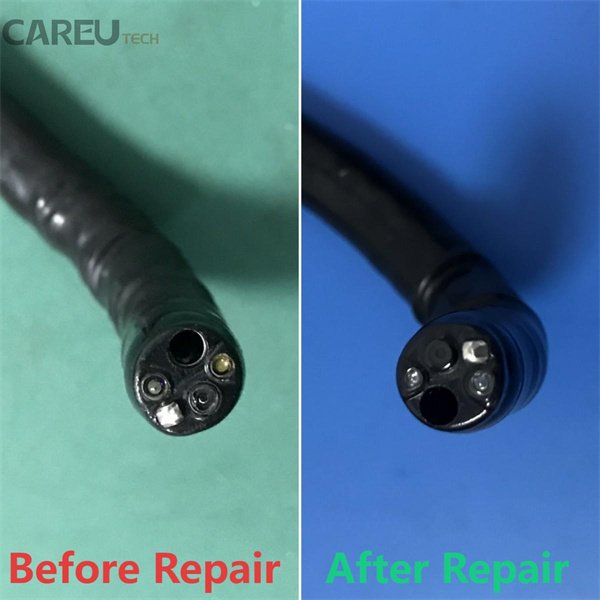
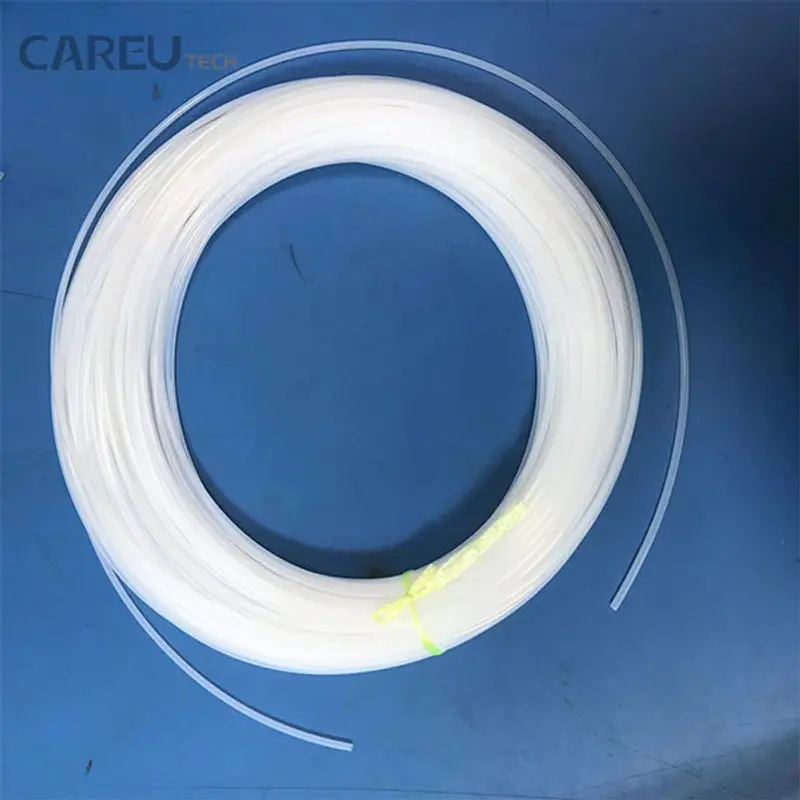
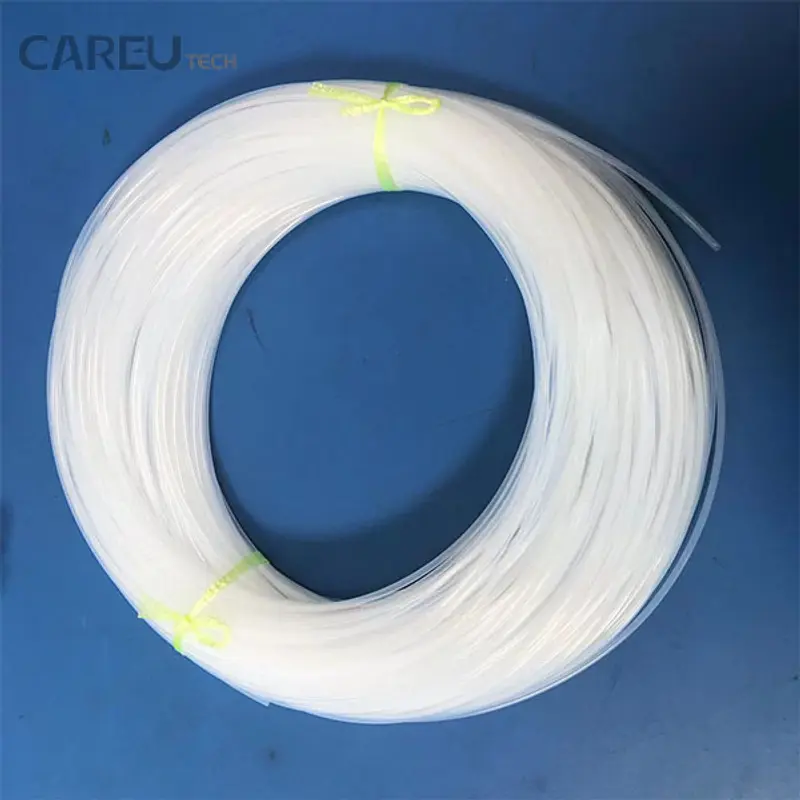
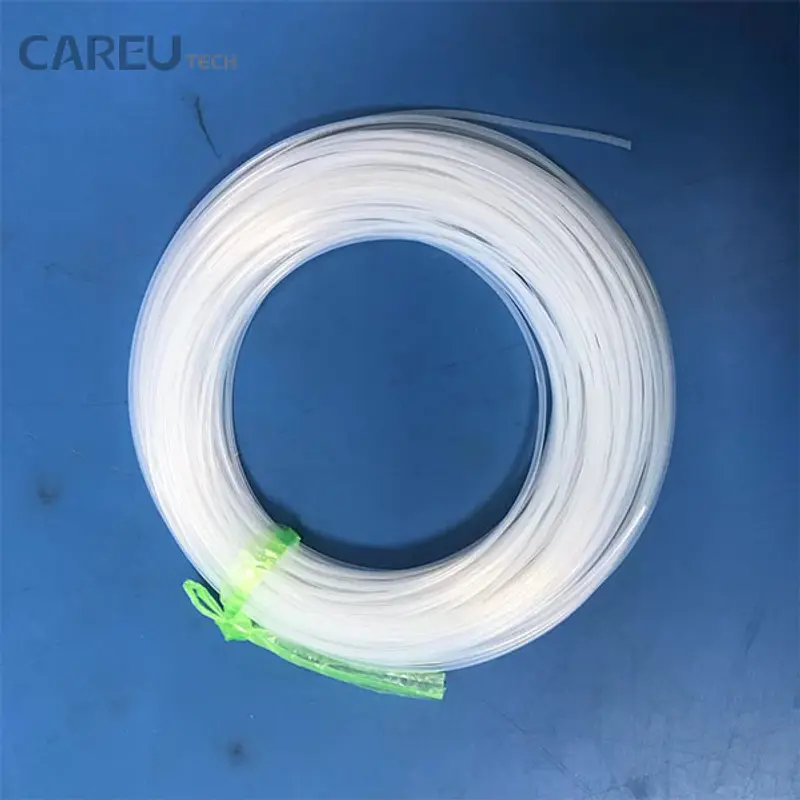
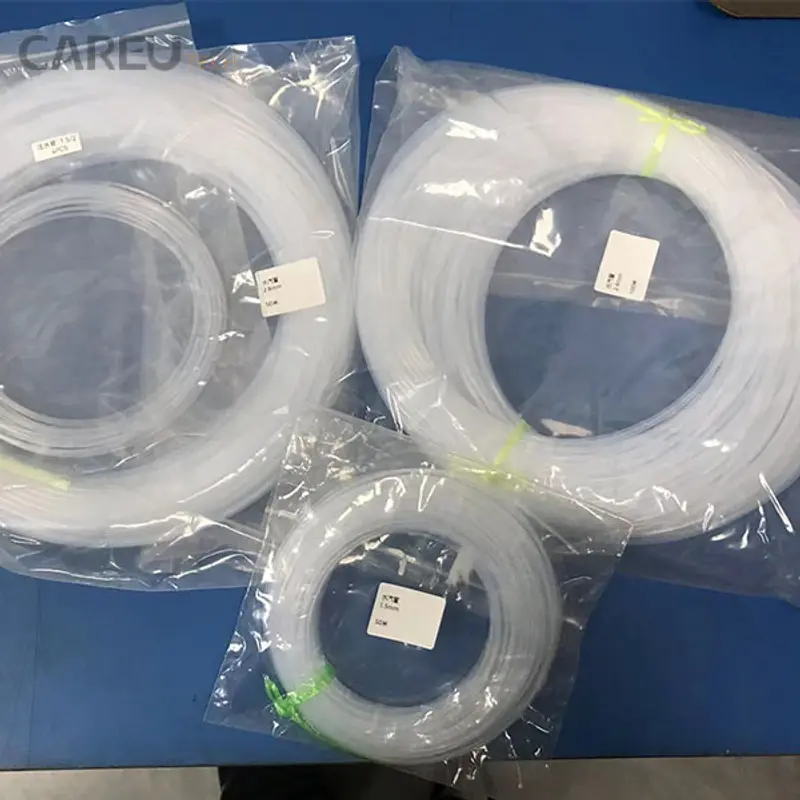
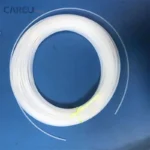
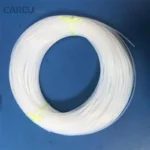
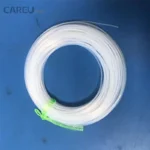
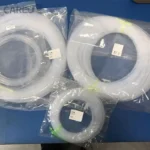
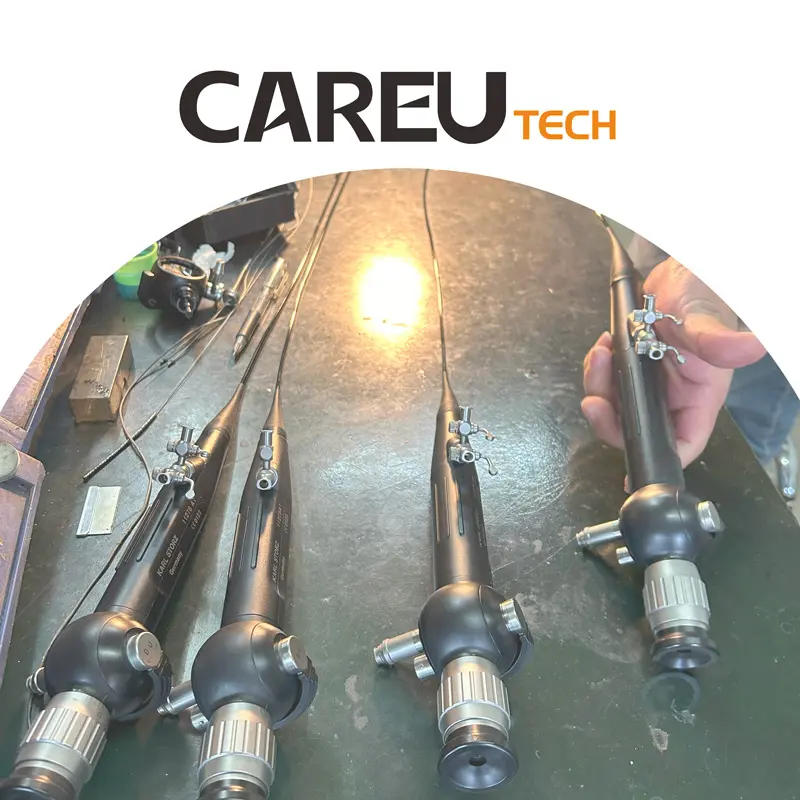
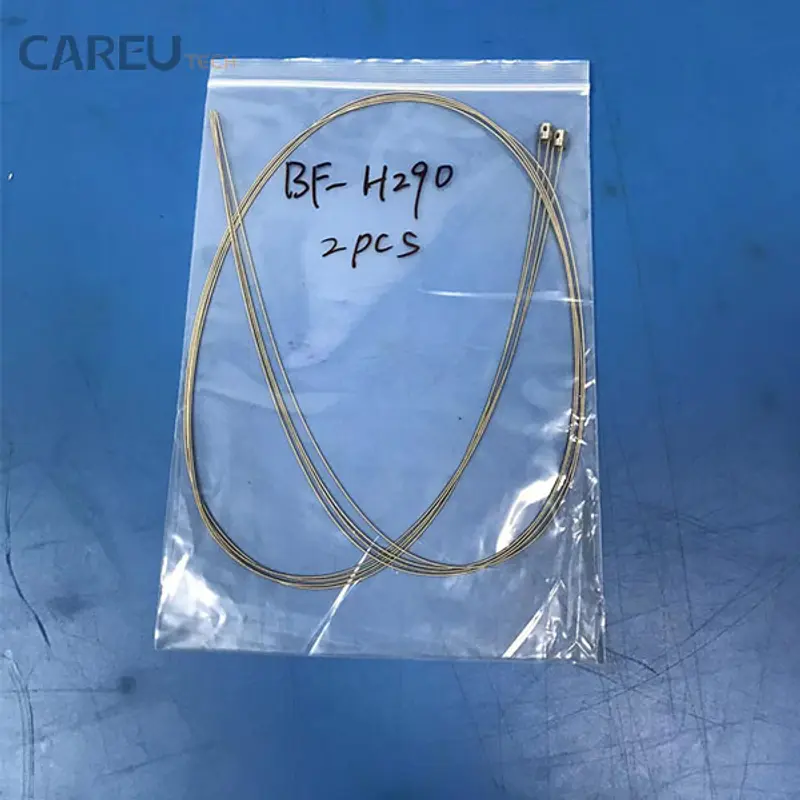
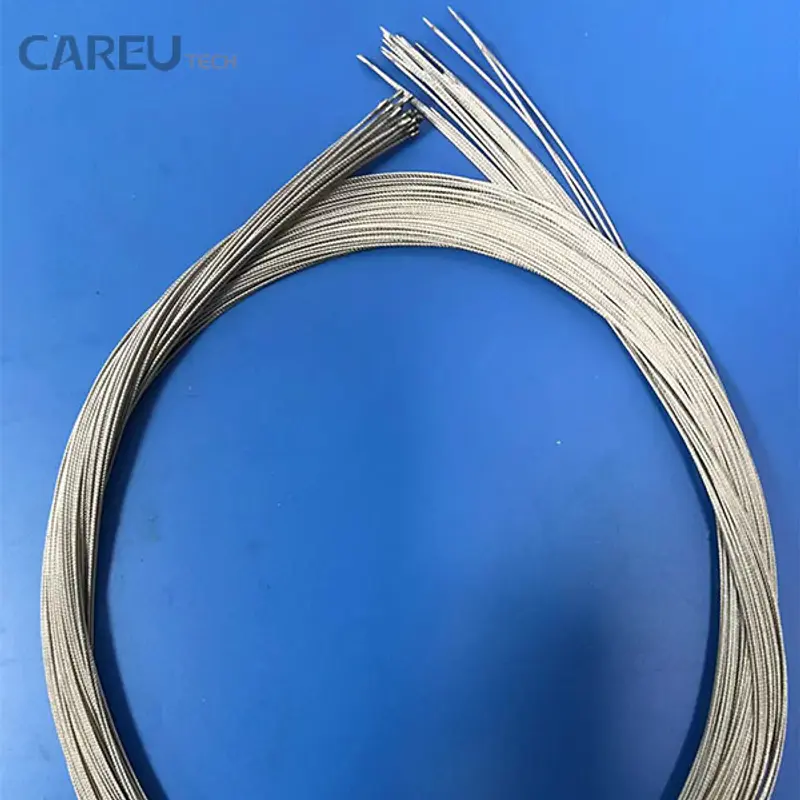
Reviews
Clear filtersThere are no reviews yet.